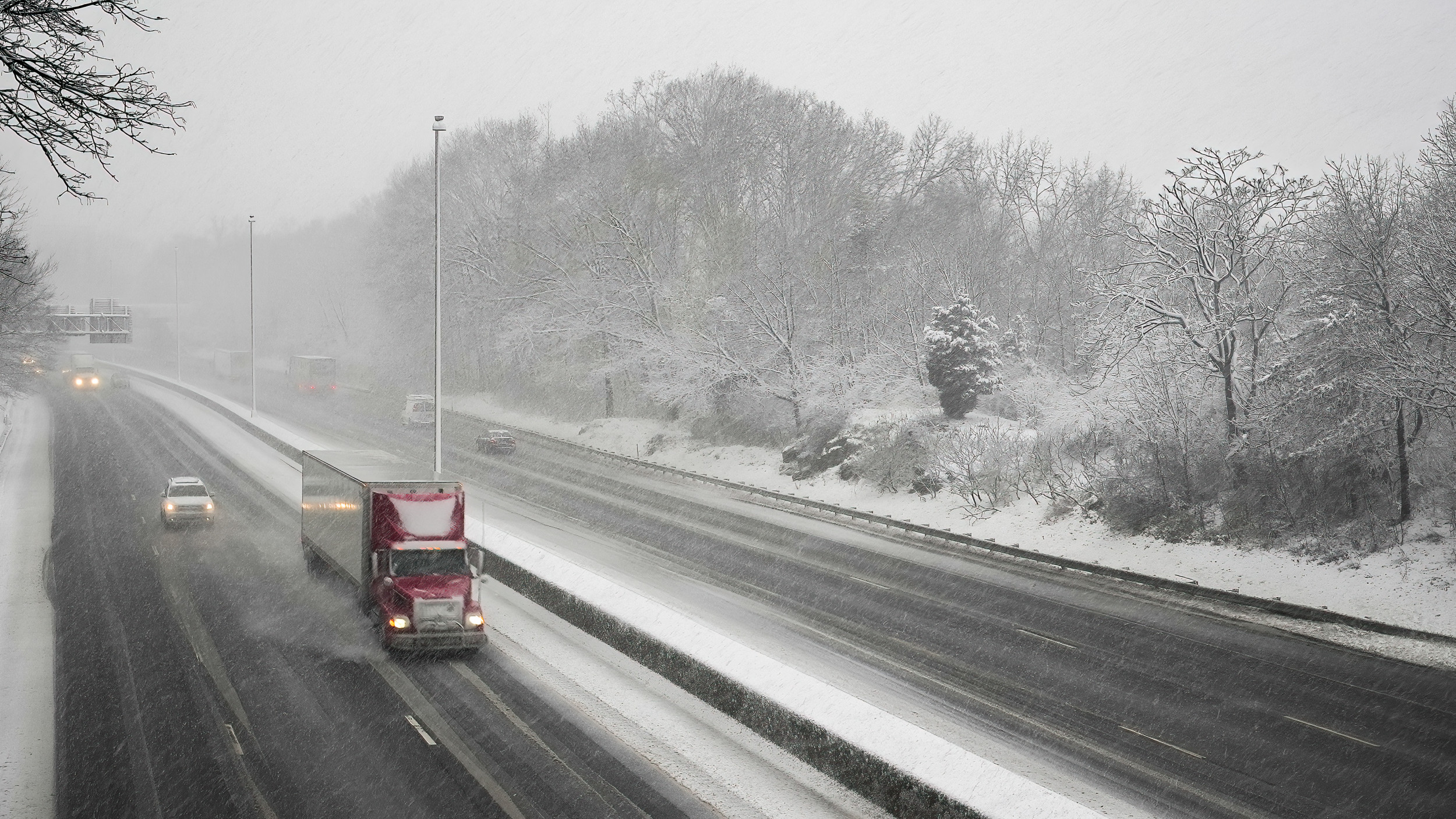Travel
What are snow squalls? Winter weather hazard threatens travel chaos

As an Arctic cold front sweeps across the mid-Atlantic and Northeast this Thursday, snow squalls are expected to create hazardous travel conditions for travelers across the region.
The National Weather Service (NWS) has warned of intense bursts of heavy snowfall and gusty winds up to 50 mph, leading to whiteouts, icy roads and dangerous commutes.
Areas along Interstate 95, from Washington to Baltimore, Philadelphia and New York City, are particularly vulnerable during the morning hours. From Hartford, Connecticut, to Boston and Portland, Maine, is at risk around midday, according to AccuWeather forecasts.
These conditions have the potential to trigger multi-vehicle pileups and cause widespread disruptions. In addition to snowfall, powerful winds could down tree branches, cause power outages and turn unsecured items into airborne hazards.
“Along I-95, on Thursday morning and midday, rain showers will transition to snow showers,” Alyssa Glenny, a meteorologist at AccuWeather, said in a statement.
“In some cases, a heavy snow squall will pass through a portion of the I-95 zone, which can briefly make bridges, overpasses and elevated surfaces slushy in a matter of minutes.”
miromiro/Getty
What Is a Snow Squall?
Snow squalls are short-lived yet intense weather phenomena marked by heavy snowfall, gusty winds and a sharp drop in visibility.
The NWS says that snow squalls typically last less than an hour and are often associated with strong cold fronts.
Unlike prolonged snowstorms, squalls may produce only minor snow accumulations, often less than an inch. However, their sudden onset can create extreme travel hazards, turning dry roads into icy stretches within minutes.
How Often Do Snow Squalls Appear?
Snow squalls are most common in northern parts of the United States, particularly near the Great Lakes, during the winter months of November through March.
The squalls occur when a rapidly cooling upper atmosphere interacts with moisture and strong winds, often along a cold front. Although they are fleeting in nature, they leave behind a trail of dangerous travel conditions.
Snow squalls can occur even when there is no major winter storm in progress, making them an unpredictable hazard.
Why Are Snow Squalls Dangerous?
The sudden nature of snow squalls makes them particularly treacherous. Motorists may be driving on dry roads with clear visibility one moment and then be enveloped in a wall of snow the next, struggling to see and maintain control.
This abrupt change in conditions often leads to accidents, sometimes involving multiple vehicles.
The Department of Transportation reports that “over 1,300 people are killed and more than 116,800 people are injured in vehicle crashes on snowy, slushy or icy pavement annually.”
The added pressure of highway speeds on roads affected by squalls increases the risk of deadly crashes, particularly when drivers brake suddenly during whiteouts.
A strong arctic cold front will sweep from the Great Lakes through the Mid-Atlantic and into the Northeast through Thursday. This will bring a high chance for dangerous snow squalls, locally damaging wind, and heavy snowfall. Be prepared for dangerous travel conditions. pic.twitter.com/ia81smyTMU
— NWS Weather Prediction Center (@NWSWPC) December 4, 2024
How To Stay Safe During Snow Squalls
Motorists should stay alert to weather updates and avoid distractions while driving. Taking secondary roads with lower speed limits or postponing travel during squall warnings are advised.
Even minor snow accumulations combined with gusty winds and plummeting temperatures can create life-threatening conditions.
The NWS has four tips for reducing risk during snow squall conditions: delay travel; enable wireless emergency alerts on your mobile phone; drive defensively; and remain calm.
Do you have a tip on a science story that Newsweek should be covering? Do you have a question about snow squalls? Let us know via science@newsweek.com.










